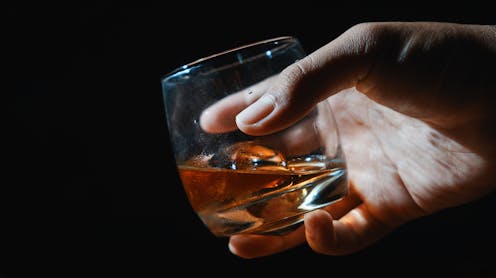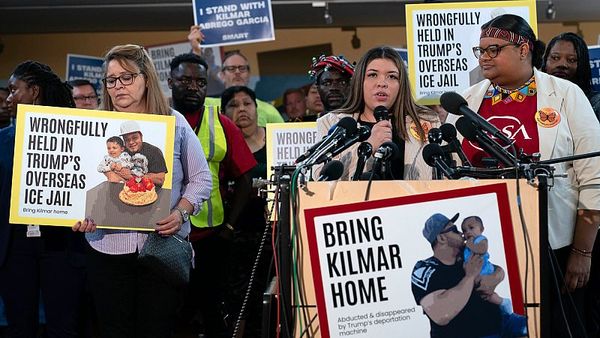
Alcohol, whether consumed regularly or only on special occasions, takes a toll on your body. From your brain and heart, to your lungs and muscles, to your gastrointestinal and immune systems, alcohol has broad harmful effects on your health – including causing cancer.
Alcohol is the third-leading preventable cause of cancer in the U.S., responsible for about 100,000 cases of cancer and 20,000 cancer deaths annually. In comparison, alcohol-related vehicle crashes cause around 13,500 deaths each year in the U.S.
As early as the 1980s, researchers suspected that alcohol can cause cancer. Epidemiological studies have shown that alcohol is causally linked to cancer of the oral cavity, throat, voice box, esophagus, liver, colon and rectum, and breast. Another study reported an association between chronic and binge drinking and pancreatic cancer.
In 2000, the U.S. National Toxicology Program concluded that consuming alcoholic beverages is a known human carcinogen. In 2012, the International Agency for Research on Cancer, which is part of the World Health Organization, classified alcohol a Group 1 carcinogen, the highest classification indicating there is enough evidence to conclude a substance causes cancer in people. Both the Centers for Disease Control and Prevention and the National Institutes of Health concur that there is conclusive evidence that alcohol causes several types of cancer.
U.S. dietary guidelines state that even low amounts of alcohol – less than a single drink a day – increase cancer risk. Despite this, many Americans are not aware that alcohol causes cancer. A 2019 survey found that less than 50% of U.S. adults are aware of the cancer risks of alcohol consumption. The 2023 National Survey on Drug Use and Health found that over 224 million Americans ages 12 and older drank alcohol at some point in their lifetime – over 79% of people in this age group. Alcohol consumption was increasing even before the COVID-19 pandemic, reflecting an alarming public health issue.
I am a researcher studying the biological effects of moderate and long-term alcohol consumption. My team is working to uncover some of the mechanisms behind how alcohol increases cancer risk, including damage to immune cells and the liver.
How does alcohol cause cancer?
Cancer occurs when cells grow uncontrollably in the body. Alcohol may lead to tumor formation by damaging DNA, causing mutations that disrupt normal cell division and growth.
Researchers have identified several mechanisms associated with alcohol and cancer development. A 2025 report from the U.S. surgeon general highlights four distinct ways alcohol can cause cancer: alcohol metabolism, oxidative stress and inflammation, alterations in hormone levels, and interactions with other carcinogens such as tobacco smoke.
Alcohol metabolism is the process by which the body breaks down and eliminates alcohol. When alcohol breaks down, its first byproduct is acetaldehyde, a chemical that is itself classified as a carcinogen. Researchers have found that certain genetic mutations can lead the body to break down alcohol faster, resulting in increased levels of acetaldehyde.
There is also considerable evidence that alcohol can trigger the body to release harmful molecules called free radicals. These molecules can damage DNA, proteins and lipids in cells in a process called oxidative stress. My lab has found that free radicals formed from alcohol consumption can directly affect how well cells make and break down proteins, resulting in abnormal proteins that promote inflammation that favors tumor formation.

Alcohol can also directly affect hormone levels in ways that increase cancer risk. For instance, estrogens can increase breast cancer risk. Moderate alcohol drinking can both elevate estrogen levels and promote further drinking. Alcohol also amplifies breast cancer risk by reducing levels of vitamin A, a compound that regulates estrogen.
People who drink and smoke have an elevated risk of developing cancer of the mouth, pharynx and larynx. Alcohol makes it easier for the body to absorb the carcinogens in cigarettes and e-vapes. Smoking by itself can also cause inflammation and induce free radicals that damage DNA.
How much alcohol is safe?
You may be wondering how much alcohol you can safely drink and avoid harm. If you ask clinicians and scientists, you might not like the answer: none.
The Centers for Disease Control and Prevention and American dietary guidelines recommend consuming no more than one drink a day for women and no more than two drinks for men. The National Institute for Alcohol Abuse and Alcoholism and the U.S. surgeon general’s recent advisory have similar recommendations to limit alcohol consumption.
Alcohol consumption is a highly preventable cause of cancer. However, there isn’t currently a way to determine someone’s personal cancer risk from alcohol. Each person’s individual genetic background, lifestyle, diet and other health factors can all influence the effects of alcohol on tumor formation. Nevertheless, rethinking your alcohol drinking habits can help protect your health and reduce your cancer risk.
Pranoti Mandrekar does not work for, consult, own shares in or receive funding from any company or organization that would benefit from this article, and has disclosed no relevant affiliations beyond their academic appointment.
This article was originally published on The Conversation. Read the original article.







